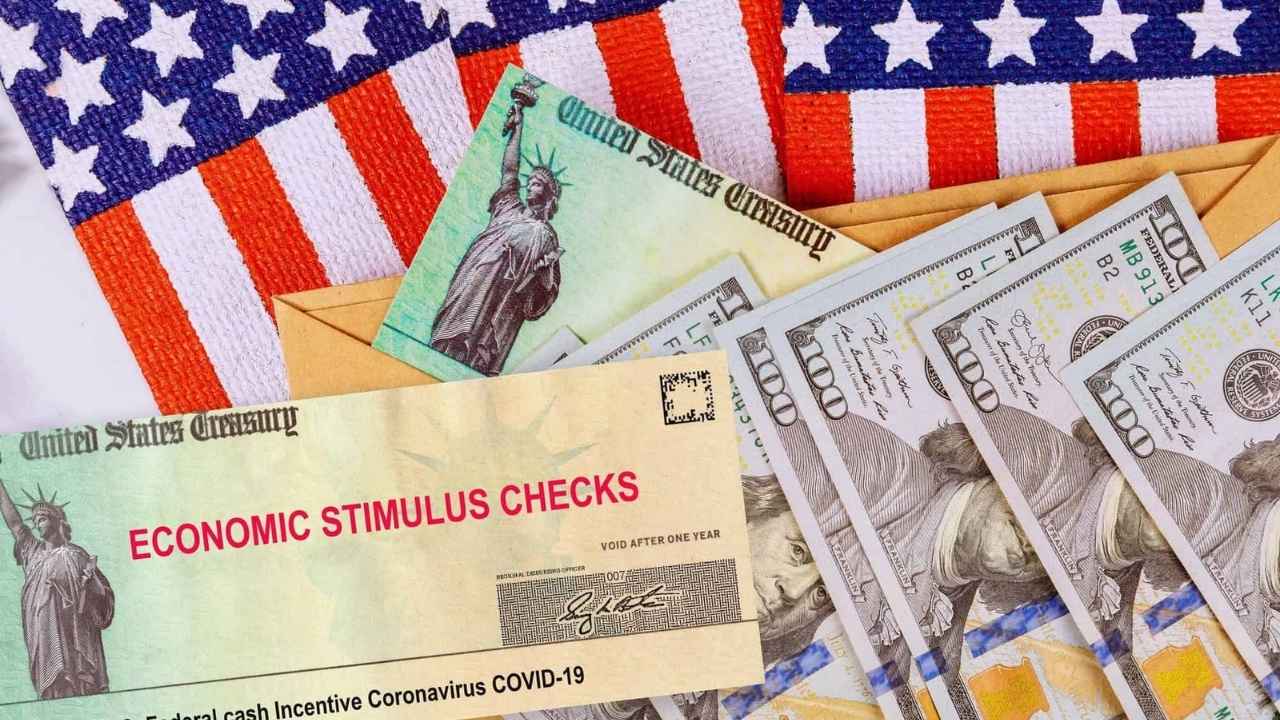As discussions around financial aid and tax deadlines circulate, it is crucial for taxpayers to distinguish between federal stimulus payments and existing tax credits. While there is no new $2,500 direct payment scheduled for distribution by the Internal Revenue Service (IRS) in June 2025, confusion often arises from a long-standing, valuable tax break for students and families: the American Opportunity Tax Credit (AOTC).

This significant credit, worth up to $2,500 per eligible student, is not a check sent to all Americans. Instead, it is a credit that individuals can claim on their federal income tax returns to reduce their tax liability. Understanding the eligibility requirements and application process is essential for those seeking to lower the financial burden of higher education.
Unpacking the IRS $2500 Tax Credit: The American Opportunity Tax Credit
The AOTC is a tax credit for qualified education expenses paid for an eligible student for the first four years of higher education. According to the IRS, the credit is calculated as 100% of the first $2,000 of qualified expenses and 25% of the next $2,000, for a maximum annual credit of $2,500 per student.
“The American Opportunity Tax Credit is one of the most effective tools we have to make college more affordable for middle-class families,” said a spokesperson for the U.S. Department of Education. “It directly reduces the amount of tax a family owes, providing real savings.”
Up to 40% of the AOTC, or $1,000, is refundable. This means that even if a taxpayer owes no income tax, they can still receive up to $1,000 back as a refund. However, this refund is typically part of a standard tax refund processed after filing a return, not a separate, direct payment issued on a specific date in June.
Who is Eligible for the AOTC?
Eligibility for the AOTC is subject to several strict rules set by the IRS. A failure to meet any one of these can result in an inability to claim the credit.
Student Eligibility Requirements:
- Must be pursuing a degree or other recognized education credential.
- Must be enrolled at least half-time for at least one academic period beginning in the tax year.
- Cannot have finished the first four years of higher education at the beginning of the tax year.
- Cannot have claimed the AOTC or the former Hope credit for more than four tax years.
- Must not have a felony drug conviction at the end of the tax year.
Taxpayer (Claimant) Income Limits:
The amount of the credit a taxpayer can claim is also determined by their modified adjusted gross income (MAGI). For the 2024 tax year (the returns filed in early 2025), the full credit was available to individuals with a MAGI of $80,000 or less, or $160,000 or less for those married filing jointly. The credit is phased out for taxpayers with incomes above these levels, and those with a MAGI over $90,000 (or $180,000 for joint filers) cannot claim the credit. These income thresholds are subject to annual adjustments for inflation.
“It’s essential for families to check the income limitations each year, as they can change,” advises Mark Steber, Chief Tax Information Officer at Jackson Hewitt. “Tax software and tax professionals can help determine eligibility, but the ultimate responsibility lies with the taxpayer.”
How to Claim the Credit: No Special Payment Date
The AOTC must be claimed on a taxpayer’s federal income tax return. There is no separate application process, and again, no specific Opportunity Tax Credit payment date in June or any other month.
To claim the credit, taxpayers must complete Form 8863, Education Credits (American Opportunity and Lifetime Learning Credits), and attach it to their Form 1040. Educational institutions are required to send students a Form 1098-T, Tuition Statement, by January 31. This form reports the student’s qualified tuition and related expenses to both the student and the IRS.
“The Form 1098-T is a critical document,” an IRS bulletin states. “Taxpayers should wait until they receive it before filing their return. Filing without it can lead to processing delays and may require the taxpayer to provide additional information to the IRS.”
Distinguishing AOTC from Other Programs
The confusion surrounding a “June payment” may stem from pandemic-era stimulus programs, such as the Economic Impact Payments, which were sent directly to millions of Americans. The AOTC predates these programs and operates under different rules as part of the standard tax system.
It is also distinct from the Lifetime Learning Credit (LLC), another education credit. The LLC is nonrefundable and has a different set of eligibility rules, making it applicable to a broader range of coursework, including classes taken to acquire job skills. A taxpayer generally cannot claim both the AOTC and the LLC for the same student in the same year.
As the 2025 tax filing season approaches, taxpayers planning to claim education credits should gather all necessary documentation, including receipts for books and supplies, and carefully review the eligibility criteria. For the most current information, individuals should always consult the official IRS website or a qualified tax professional. The situation remains that the IRS $2500 tax credit is a benefit realized through tax filing, not a direct deposit.





